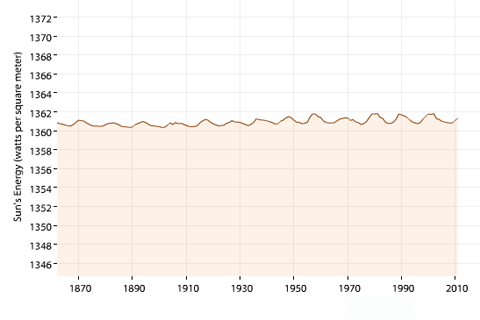
The Sun's average brightness varies over time, and the changes can affect global surface temperature. But long-term changes over the period of human-caused global warming are minimal.
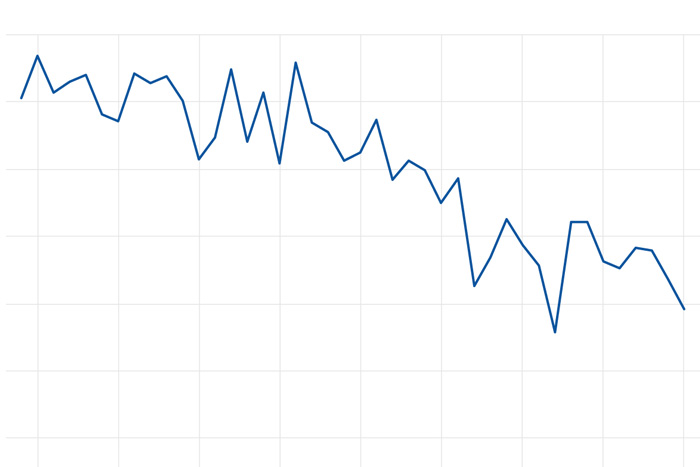
The amount of sea ice that survives the Arctic summer has declined by 13 percent per decade since the start of the 43-year satellite record.
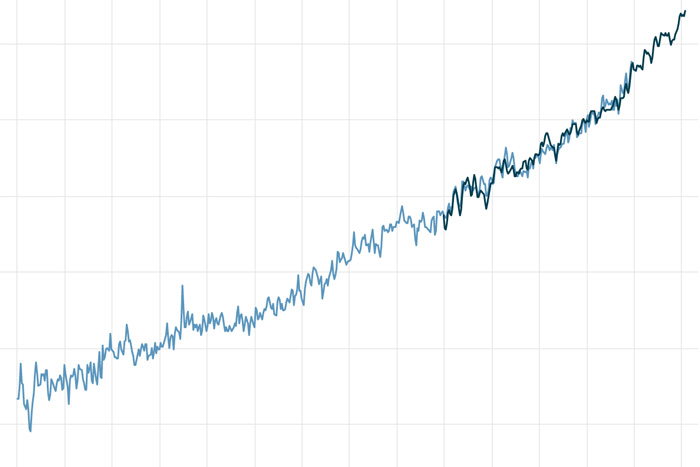
Global average sea level has risen 8-9 inches since 1880, and the rate is accelerating thanks to glacier and ice sheet melt.
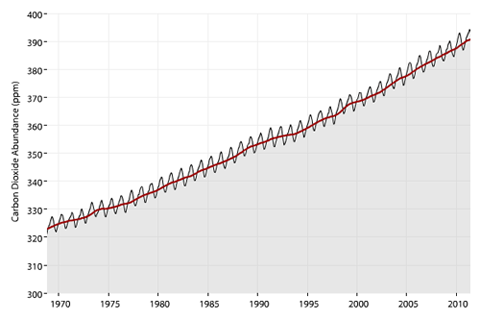
In the past 60 years, carbon dioxide in the atmosphere has increased 100 times faster than it did during the end of the last ice age.
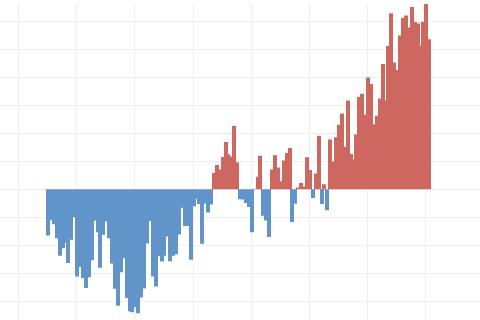
Earth's surface temperature has risen about 2 degrees Fahrenheit since the start of the NOAA record in 1850. It may seem like a small change, but it's a tremendous increase in stored heat.
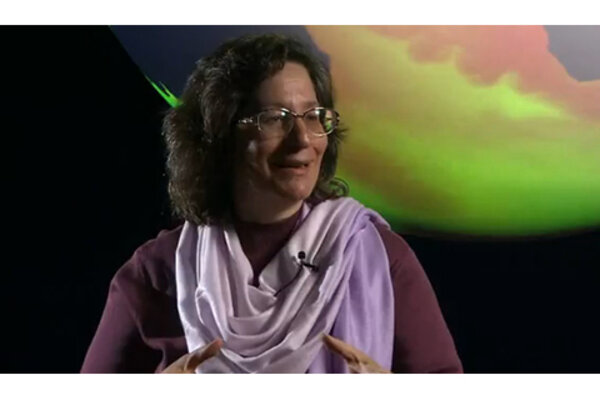
Susan Solomon Wins 2009 Volvo Environment Prize
January 15, 2009
Heat-driven drying is playing a larger role than low precipitation in 21st-century Western droughts.
The expected La Niña has been slow to develop. There's still a 57% chance it will emerge soon, and the atmosphere is already looking a bit like La Niña. Our blogger discusses some of the climate conditions at work in the tropical Pacific.
Released in 2023, the Fifth National Climate Assessment (NCA5) includes an Art × Climate gallery. This watercolor by Amalija_M was created to inspire greater appreciation of marine life.
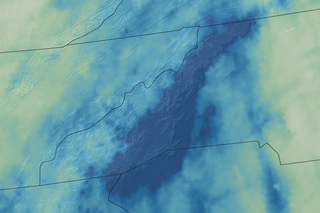
Hurricane Helene’s extreme rainfall and catastrophic inland flooding
November 7, 2024